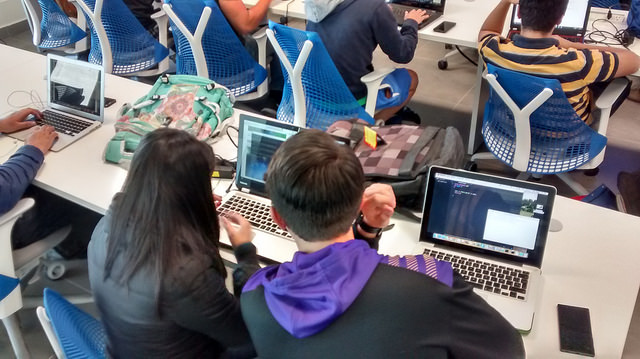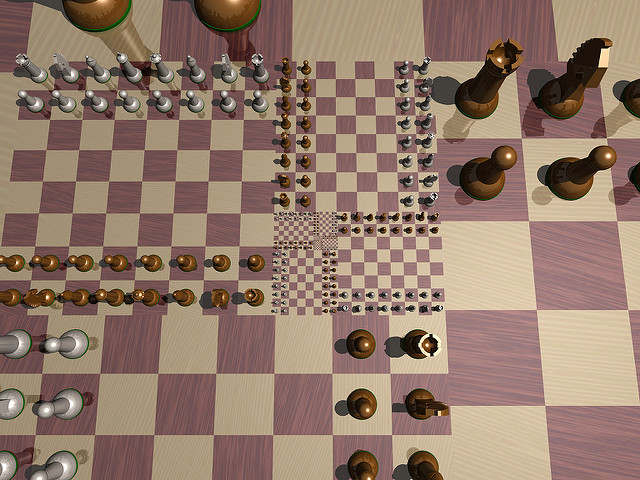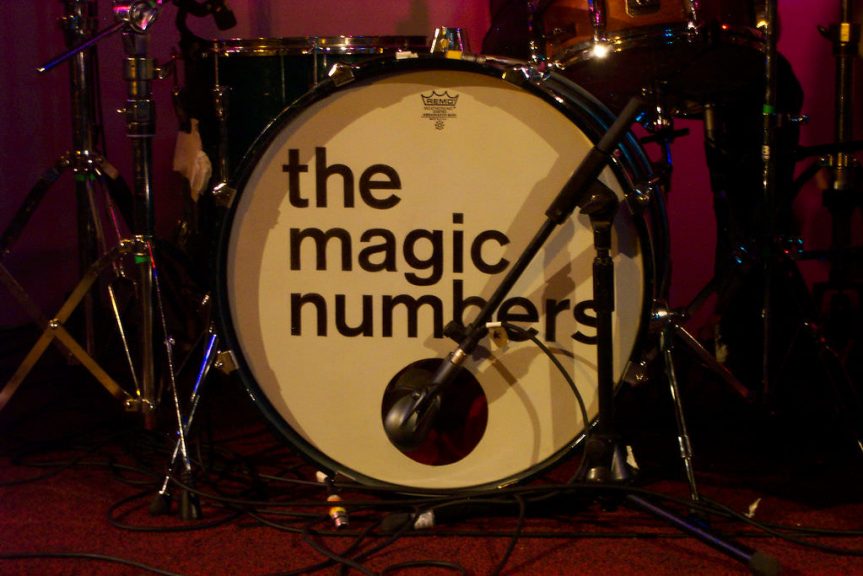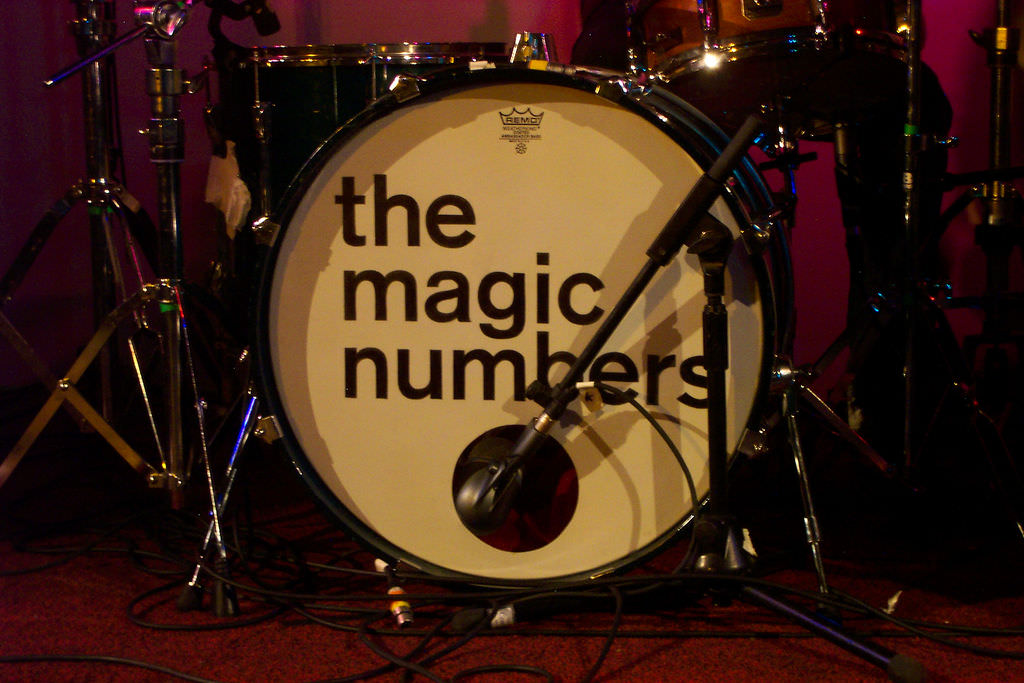Background
In this assignment you will write a function to calculate the square root of a number using the Babylonian method. You can search for that method, it will be easy to find.
What to Do
The function should receive a number and return floating point number. Obviously you should test your function, so create a main program that asks the user a value, calculates the square root and displays that.
What to Submit
As usual, create a blog post explaining what you did, where you found resources (books, videos, web pages, friends) to help you solve this. Remember to put the tag #WSQ10 on your post so our blog hub picks that up.
You should include your code as a link to GitHub.
And of course, leave any questions here as well as asking those questions in our Slack channel so we all see your question posted there.
Feature Image Credit











